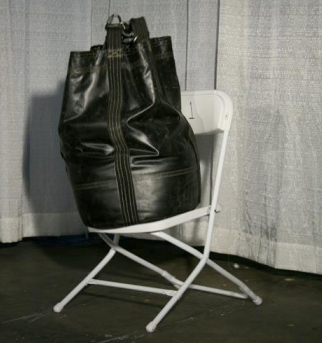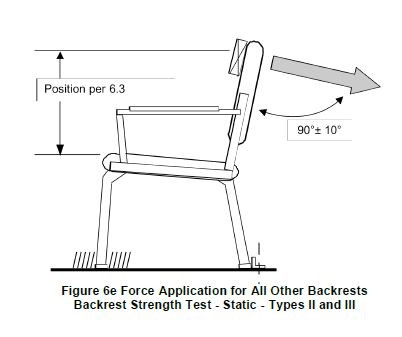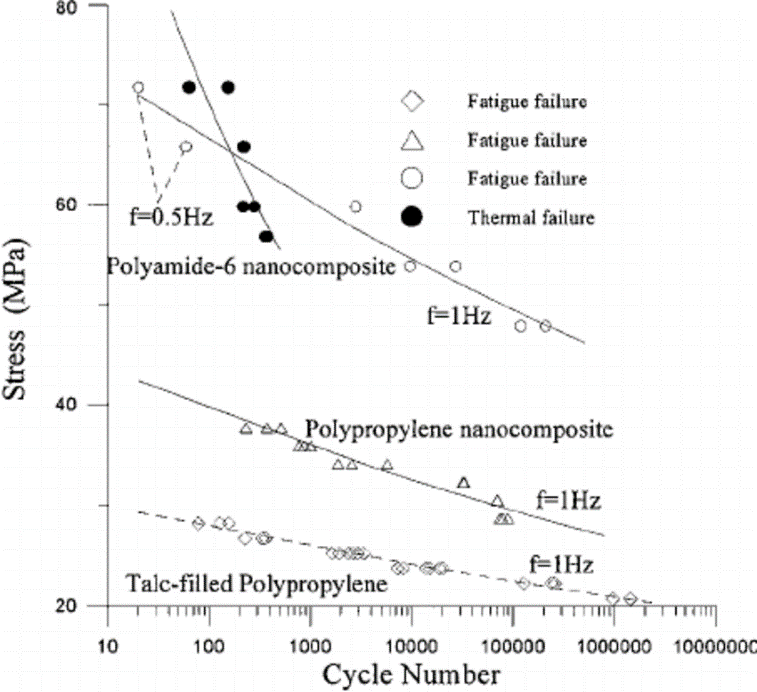Commercial grade furniture is designed to withstand 8+ hours of usage every day and developed for best service, ergonomics, aesthetics, safety and functionality. ANSI/BIFMA-X5 ensures safety, sustainability, durability and strength. It rigorously tests – Base stability, seat drop, Back pulls, swivel cycling, Tilt mechanism, Arm and back durability, Castor durability.
Through Finite element Analysis (FEA), the testing procedures are simulated over the design iteration from the initial product development phase to ensure structural integrity and durability of the furniture as we discussed in – THE WAY OF ANALYSIS – LED DESIGN (ALD)
The chairs are for general seating, Lounge/Public usage and Health care usage. They are tested for BIFMA standards to ensure the proper working, safety, strength and durability in the operating environment.
Through FEA, Chairs are validated for the following,
- Impact Analysis
To ensure the maximum service capacity of the chair, Impact load analysis is performed. Proof load is applied over the seat region of the chair to study the plastic deformation, structural integrity and resilience.

- Functional Load Analysis
Operating load or User’s mass is applied on the seat contour of the chair as prescribed. This analysis is performed as a cyclic load condition for a discrete frequency and duration to ensure structural integrity, resilience for each cycle, the response of the structure and finally to calculate the fatigue life of the components. This ensures the functionality and safety of the furniture for the given service life.

- Back rest strength Analysis
Backrests are a vital part of the ergonomic function of chairs. The spring-back of the backrest ensure proper support and sophistication to the spine. Rigid-chairs use the fixed backrest to support the rear force of the user. Failure of such backrest would result in tip-over of the chair and may cause injury. The permanently deformed backrest may result in ergonomic dysfunctions. As prescribed in BIFMA standards, the cyclic load is applied to the backrest to study the structural integrity, factor of safety and fatigue life of the members.

- Arm Rest strength analysis
Armrest provides better ergonomic characteristics to chairs. Armrests are for arm support, but they are also used to balance electronic gadgets, to lift the chair and lean-on support loads. Therefore, the armrests are analyses for horizontal and vertical load to infer the structural rigidity, deformation pattern and factor of safety.

- Leg Strength Analysis
Chair legs are the most vital component, they have to withstand the weight shifts, reaction forces from other components, incorporate stability in any usage positions. So they are teated rigorously for durability and strength. Tip-over analysis, asymmetric loading and shock loads are analyses to quantify the function and stability. Horizontal and vertical load in lateral and longitudinal directions are imposed to study the structural response and Fatigue life.

- Fatigue Analysis
Fatigue life is the service life expectancy of the product. Fatigue life is of two types- stress life and strain life. Stress life can be extracted from the SN curve of the component material using the alternating stress inferred from the cyclic load analyses.

Conclusion :
Graphler Technology, one of the fastest growing product design companies in India. Our FEA Consulting services, holds great promise for the future trends of Commercial Furniture’s using ANSI/BIFMA. We have a team of experts specialized in CFD Analysis Services , 3D CAD Design and 3D Modelling Services in India.


